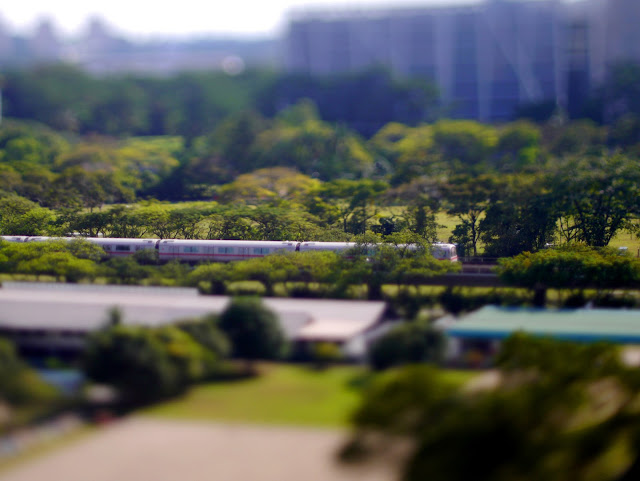This is the second part of the series on a tilt adapter for Micro Four Third system. Please read the introduction first. The next article shows you how to build a simple adapter.
The first thing you need is to find a suitable lens. If you read the plungercam tutorial, you need to check 2 things: the flange focal distance, and the image sensor/film size.
Luckily, the Micro Four Third system flange focal distance is very short (19.25mm), which means that most lenses design for common DSLR systems will work, for example: Nikon F-mount (46.50mm), Canon EF mount (44mm), or Olympus OM mount (46mm). (see the Wikipedia page for a full list).
The first thing you need is to find a suitable lens. If you read the plungercam tutorial, you need to check 2 things: the flange focal distance, and the image sensor/film size.
Flange focal distance
The flange focal distance tells you the distance between the lens mount and the image sensor. For tilt-shift, you want to be able to move the lens around without hitting the camera, therefore, you need a lens with a flange focal distance larger than the one of the camera..PNG/481px-Flange_Focal_Length_(2_types_camera).PNG) |
| Flange range on a DSLR (top), versus mirror-less camera (bottom). Drawn by Shigeru23 on Wikipedia (CC BY-SA 3.0). |
Luckily, the Micro Four Third system flange focal distance is very short (19.25mm), which means that most lenses design for common DSLR systems will work, for example: Nikon F-mount (46.50mm), Canon EF mount (44mm), or Olympus OM mount (46mm). (see the Wikipedia page for a full list).
Sensor size
The second thing to look for is the sensor size (or film size for an older system). You want the lens to be designed for a slightly bigger sensor area than the one of your camera, since you are not necessarily using the center of the projected image circle of the lens.
Again, the Micro Four Third sensor is relatively small (crop factor "2" compared to a 35mm film), which means that most lenses designed for DSLR (APS size or 35mm full-frame) will work.
Other considerations
Finally, you also want a lens with full manual control of the aperture: for example, Nikon G series or recent Canon lenses are not a great idea since they do not have an aperture ring.
Also, I would recommend a prime lens (i.e. a lens with a fixed focal length). Those are cheaper, and faster: The larger aperture (lower f/ number) will help you to get the tilt effect more easily.
Focal length
This is a drawback of having a small sensor: it will be hard to find compatible wide-angle lens. The widest focal length of the DMC-GX1 kit lens is 14mm. That same focal length would correspond to an ultrawide angle on a full frame sensor, which will be hard to find, and likely very expensive.
My selection
In the end, I bought the following 2 lenses:
I first bought the 50mm lens. This is an very nice lens, but with a narrow field of view (equivalent to 100mm on a 35mm film). I then bought the 28mm lens, which is the widest I could find for a reasonable price, and works much better for landscape photography, as can be seen in the images below.
- Olympus OM 50mm f/1.8
- Promaster 28mm f/2.8 (Olympus OM mount)
I first bought the 50mm lens. This is an very nice lens, but with a narrow field of view (equivalent to 100mm on a 35mm film). I then bought the 28mm lens, which is the widest I could find for a reasonable price, and works much better for landscape photography, as can be seen in the images below.
 |
28mm lens, tilt ~16°, f/2.8, 1/4000s, ISO 160. Alterations in GIMP: contrast stretching and saturation. (click on picture to zoom) |
 |
50mm lens, tilt ~16°, f/1.8, 1/3200s, ISO 160. Alterations in GIMP: contrast stretching and saturation. (click on picture to zoom) |
No comments:
Post a Comment